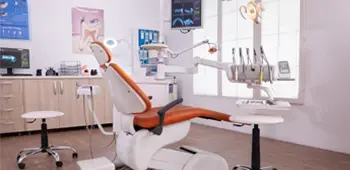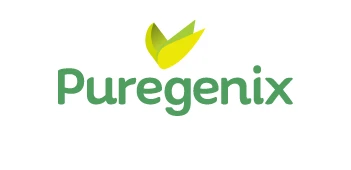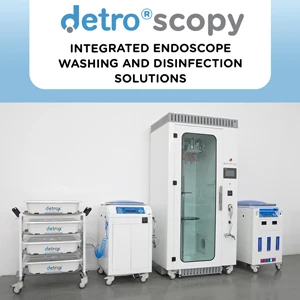Sterilisation of Surgical Instruments: A Step-by-Step Guide
The safety and success of surgical interventions depend on the complete microbiological cleanliness of the instruments used. Therefore, sterilisation of surgical instruments is one of the most critical processes in preventing nosocomial infections. In this article, we provide a guide for healthcare professionals by discussing each step of the sterilisation process in detail.
Pre-Cleaning The First Step of Sterilisation
The effectiveness of sterilisation starts with the initial cleaning of the instruments. Blood, tissue and other organic residues may be present on the surface of the instruments used after surgery. These residues may reduce the effect of disinfectants and sterilisation agents and cause the formation of a biofilm layer.
Pre-cleaning considerations:
- Cleaning should be started as soon as possible (ideally within 30 minutes).
- Cleaning should be done with enzymatic solvents or neutral pH detergents.
- Manual or automatic washing devices can be used.
- Special attention should be paid to hinges, joints and recessed areas of the tools.
Disinfection Eliminating the Majority of Microorganisms
After pre-cleaning, surgical instruments are treated with high-level disinfectants. This step reduces the microbial load before sterilisation. It is a critical step especially for thermolabile (heat sensitive) instruments.
Products that can be used:
- Glutaraldehyde
- OPA (Ortho-phthalaldehyde)
- Peracetic acid based disinfectants
For these chemicals to be effective, appropriate contact time, temperature and concentration must be controlled.
Rinsing and Drying: Residue-Free Cleaning
After the disinfection process is completed, the instruments must be rinsed with plenty of pure water. Otherwise, chemical residues may pose a risk to patient health and may damage steriliser devices.
Things to be considered during the drying phase:
- It should be done with clean and lint-free cloths.
- Do not leave puddles of water on the inside of the tools.
- After drying, the tools should be packed quickly.
Packaging: Guarantee of Sterilisation
Before the instruments are placed in the steriliser, they should be placed in special sterilisation packs so that they remain sterile after the procedure. These packs should allow the passage of sterilising agents but prevent the passage of microorganisms.
Materials used:
- Paper/plastic combination bags
- Nonwoven textile fabrics
- Roll packaging films
Sterilisation date, content and operator information should be recorded by labelling.
Sterilisation Removal of Microorganisms
The packaged instruments are completely free from microorganisms with the appropriate sterilisation method. At this stage, factors such as steriliser calibration, loading capacity and cycle time are critical.
The most commonly used sterilisation methods:
- Steam (autoclave) sterilisation: 121-134°C temperature, 15-30 minutes is the most effective method.
- Ethylene Oxide (EO) sterilisation: Low-temperature processing, ideal for heat-sensitive instruments.
- Plasma sterilisation (Hydrogen Peroxide Gas Plasma): It is a fast and environmentally friendly method.
- Dry heat sterilisation: Less preferred, longer (e.g. 2 hours at 160°C).
Storage Maintaining Sterility
Storing sterilised surgical instruments in the correct conditions eliminates the risk of contamination. Instrument storage area:
- It must be clean, dry and at a controlled temperature.
- Tools should not be covered and should be checked frequently.
- Shelf life can vary from 6 months to 1 year depending on the type of packaging used.
Traceability and Certification
Recording all steps during the sterilisation process is mandatory for both quality management and legal responsibility. For each batch:
- History,
- Operator
- Steriliser cycle number,
- Chemicals used and
- Impact control tests should be recorded.
In addition, the accuracy of sterilisation should be confirmed by biological and chemical indicators at each loading.
Correct Sterilisation is Vital for Safe Surgery
Sterilisation of surgical instruments is not just a technical process; it is a critical practice that has a direct impact on patients’ lives. This step-by-step guide is a comprehensive resource for hospitals, clinics and healthcare professionals looking to establish clinical hygiene protocols and improve existing practices.
It is important to remember that effective sterilisation protects not only instruments but also patient confidence.






















